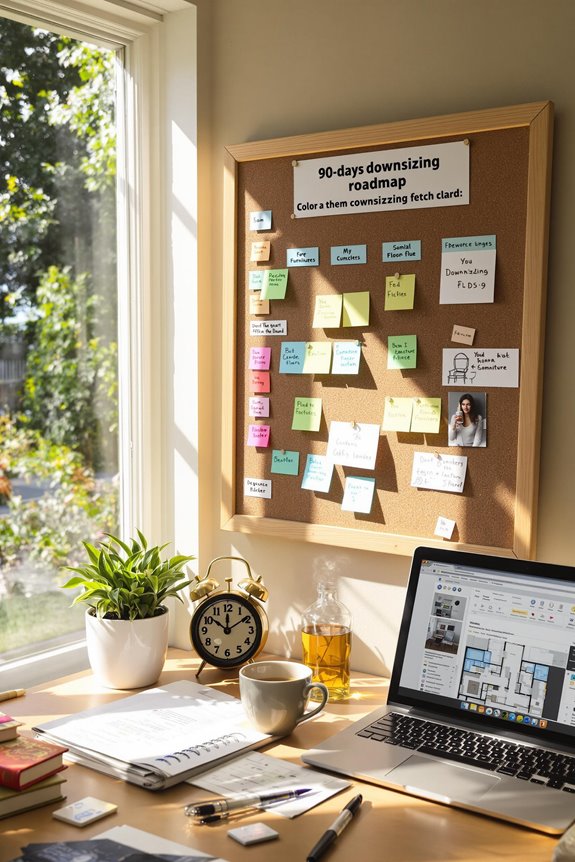Downsize Smarter: A Practical Guide to What to Keep, Donate, Sell, or Toss in 2025
Practical tips for a lighter, happier move—one room at a time
Why This Practical Guide Matters
If you’re thinking about downsizing your home—whether it’s a sprawling two-story house or a beloved family home—the first emotion you feel is usually overwhelm. Yet the benefits of downsizing are undeniable: lower costs, less clutter, easier maintenance, and a new living rhythm that leaves more time for what (and who) brings you joy.
This guide to downsizing is designed for anyone considering downsizing: retirees, empty nesters, or busy professionals who have discovered that a large house no longer fits the life they want. It breaks down the entire process of downsizing into clear stages, adds downsizing tips that really work, and explains exactly how to downsize and declutter without losing the memories that make a house feel like home.
Think of it as a practical guide you can bookmark and revisit at each milestone of your downsizing journey.
1. Understanding the Importance of Downsizing
| Why People Downsize | Benefits You Gain |
|---|---|
| Empty nests, rising costs, health changes | Smaller utility bills, less upkeep, more freedom |
| Desire to travel or live closer to family | Flexibility, room in the budget for experiences |
| Safety concerns in a multi-level layout | A single-level smaller home that’s fall-friendly |
Key takeaway: Downsizing the family home is a great way to downsize your monthly expenses and your mental load, but only if you take your time and move methodically.

2. Start Downsizing With a Sorting Command Center
- Choose one room—garage, guest bedroom, or dining room—and set up four clear bins labeled Keep | Donate | Sell | Toss.
- Keep a handheld label maker nearby so every item is tagged the moment it lands in a bin.
- Place an Epson FastFoto scanner on a table to take photos of paperwork and sentimental items as you find them; this preserves memories without the physical boxes.
- Slide a cross-cut shredder and a locking file box under the table for safe document handling.
Working from a single hub keeps the floor plan clear and turns chaos into flow.
3. The 90-60-30-14 Timeline (One Room at a Time)
| Phase | Days to Move-Out | Focus Zones | Practical Tips & Essential Tools |
|---|---|---|---|
| Phase 1 | 90–61 | Attic, basement, shed | Scan old photos, box holiday décor, book a storage unit for seasonal gear |
| Phase 2 | 60–31 | Closets, linen cabinets | Downsize and declutter clothes; deciding what to keep by asking: Does it still fit my life? |
| Phase 3 | 30–15 | Kitchen, garage, hobby room | Measure your new cupboards to know what will take up a lot of space; sell duplicates |
| Phase 4 | 14–0 | Furniture & tech | Confirm moving companies and charity pickups; label WeatherShield totes for the truck |
Following a calendar makes the move feel incremental rather than sudden and helps you make downsizing easier.

4. Keep: Curate What Serves a Purpose in Your New Space
Ask yourself:
- Will this serve a practical purpose in my new residence?
- Does it hold enough sentimental value that I’ll display it?
- Does it bring you joy every time you see or use it?
Scan childhood artwork and store the originals only if they still keep items you absolutely need to touch. Frame one page; digitize the rest. That way you keep the memories without devoting an entire closet to scrapbooks.
5. Donate: Give Gently Used Possessions a Second Life
Local shelters, schools, and charities love gently used linens, tools, and small appliances. Companies that specialize in helping seniors—and other nonprofits—will even pick up furniture.
Label bins by destination with a Bluetooth printer so “Linens · Shelter” never ends up at the book sale. Go of what no longer serves you and watch someone else light up in gratitude.

6. Sell: Time to Sell High-Value Items
When the market value justifies the effort, list pieces online:
| Item | Good Platform | Why It Sells |
|---|---|---|
| Mid-century dresser | Facebook Marketplace | Retro trend, quick local pickup |
| Designer purses | Poshmark | National audience, premium pricing |
| Vintage power tools | Estate-sale firm | Niche buyers pay top dollar |
If it doesn’t sell in seven days, make your move—shift it to Donate.
7. Toss: Let Go of What No Longer Works
Broken gadgets, expired spices, and cords from three phones ago all head to the Toss bin. Schedule local e-waste drop-offs early. Shred financial papers that take up a lot of cabinet space. The reward is immediate storage space and clearer thinking.
8. Professional Help & Moving Day Prep
- Companies that specialize in helping seniors will inventory rooms, pack boxes, and even arrange furniture in your downsized home so it feels familiar on day one.
- Before the truck arrives, measure your new rooms and mark where each big piece goes. This guarantees space in your new home and avoids buying items that won’t fit.
- Pack a First-Night tote so you can unpack meds, chargers, and coffee first. A familiar morning ritual will make your new space instantly feel like home.
9. Checklist for Moving to a Smaller Space
| Task | Reason |
|---|---|
| Start downsizing six weeks before listings photos | Selling your current home is faster when rooms show less clutter |
| Sort one dresser per session | Prevent burnout |
| Digitize “keeper” photos | Memories without the physical boxes |
| Keep your favorites only | Display what matters |
| Schedule charity pickup two weeks out | Avoid late-night dump runs |
| Confirm truck and moving companies one week out | Smooth hand-off |

10. Embrace the Next Chapter in Your Life
When you finally make the move—stepping from your current home into your new place—you’ll notice how a smaller space can still feel overwhelming with possibility. Yet because you took the time to decide what to keep, you now own only items you absolutely need or truly love. The rooms in your new living environment hold a space that truly reflects the person you are right now.
Downsize your home, release the excess, and discover how much lighter the next chapter in your life can be.
Frequently Asked Questions (FAQ) on Downsizing, Decluttering, and Letting Go in 2025
1. “Where should I start if my entire house feels overwhelming?”
Begin in a low-emotion, high-impact zone—often a linen closet or pantry. You’ll make visible progress quickly because sheets, towels, and canned goods rarely carry heavy sentimental value. Seeing one fully cleared space primes your brain for the next area. Then move to one room at a time, using the Keep | Donate | Sell | Toss system. Momentum is your best antidote to overwhelm.
2. “How do I decide whether an item is worth selling instead of donating?”
Use the 30-Minute / $100 Rule:
- If cleaning, photographing, listing, and meeting a buyer will take more than 30 minutes or net less than $100, donate it.
- If the item is genuinely valuable (e.g., mid-century furniture, high-end tools, designer bags) and you can arrange pickup quickly, list it.
Remember that every hour spent on low-value sales is an hour you’re not making broader downsizing progress.
3. “What’s the best way to handle sentimental items without feeling guilty?”
Try the One-Third Legacy Method:
- Lay everything out on a table.
- Keep the top one-third that genuinely warms your heart.
- Digitize the middle third (scan photos, record short videos of bulky heirlooms).
- Let go of the final third by gifting to relatives or donating.
You preserve memories, honor the past, and avoid paying for storage that simply postpones the decision.
4. “Is a storage unit ever a good idea when downsizing?”
Short-term—yes. If you have a gap between closing dates or need time to stage a home for sale, a one- to three-month rental can be practical. Long-term—usually no. Paying $150+ per month often exceeds the replacement cost of what’s inside within a year. Use a unit only as a temporary buffer, with a firm deadline to clear it out.
5. “How do I keep clutter from creeping back into my smaller home?”
Adopt two habits:
- One-In, One-Out Rule – Whenever a new item enters (a skillet, sweater, or mug), choose one of similar size or purpose to donate or recycle that same day.
- Quarterly “15-Item Fling” – Set a timer for ten minutes, walk the home, and pull fifteen things you haven’t used or loved in the past season. Drop them straight into the donation box by the door.
These small, rhythmic purges maintain the minimalist lifestyle you worked so hard to create—without another marathon clean-out.




